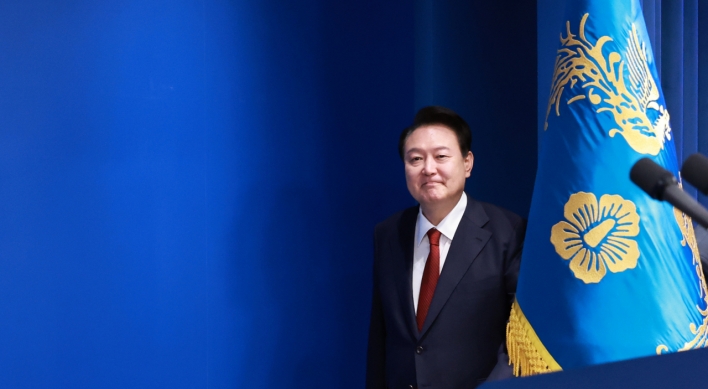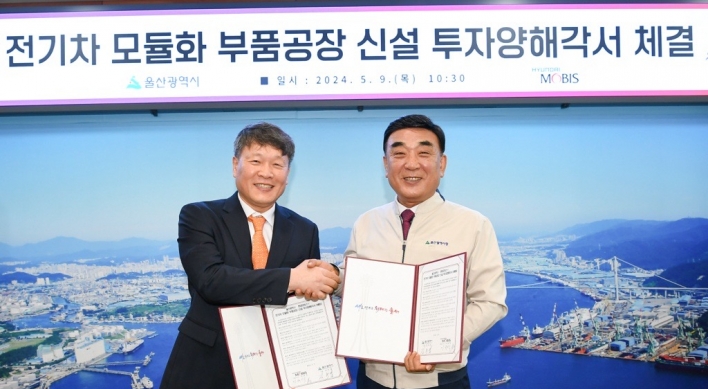[Editorial] Corporate restructuring
Indebted firms need to take action in time
By Yu Kun-haPublished : Oct. 7, 2013 - 21:10
The recent collapse of Tong Yang Group has highlighted the insidious growth of corporate debt and the need to swiftly put vulnerable corporations under harsh restructuring programs.
According to Chaebol.com, a research company that closely monitors the nation’s chaebol groups, the aggregate debt of Korea’s 30 largest family-controlled conglomerates has surged since the global financial crisis in 2008.
Their debt totaled 575 trillion won last year, up 83 percent from 314 trillion won in 2007. The figure, which excludes the debts of their financial affiliates, is much larger than the Korean government’s debt, which stood at 443 trillion won in 2012.
Of the 30 groups, 14 saw their financial structures worsen during the five-year period and 13 suffered a drop in their ability to repay debts. Six had a debt-to-equity ratio above 200 percent and, surprisingly, eight had an interest coverage ratio below 1, which means they were not generating enough operating profits to pay the interest on their debts.
One reason for the top groups’ rapid debt growth is the large-scale mergers and acquisitions they carried out under an expansion drive. This is shown by the surge in the number of their affiliates.
The top 30 groups had a total of 843 subsidiaries at the end of 2007. That figure jumped to 1,246 last year, an increase of nearly 50 percent. Lotte Group topped the list by adding 36 subsidiaries during the period, followed by Dongbu’s 33.
M&A is a good growth strategy when business conditions at home and abroad are favorable. But when this is not the case, it often causes serious problems to the acquiring companies. This is especially true when they borrow excessively to finance their deals.
For examples, one need not look further than the recent spate of Korean chaebol groups that experienced a severe liquidity squeeze after successful M&As ― Woongjin, STX and Tong Yang.
The failure of Tong Yang has prompted creditor banks to pressure other heavily indebted groups to improve their balance sheets to fend off a debt crisis. The banks’ move is belated but welcome.
The targeted groups include Dongbu, Doosan, Hanjin and Hyundai Group. These conglomerates have seen their financial soundness deteriorate after M&As. Now they should take bold measures, such as asset disposals and corporate downsizing, to improve their financial structure.
They need to remember the importance of acting in time. Woongjin, STX and Tong Yang collapsed not because they had failed to see the crisis coming but because they hesitated to take action in time.
The financial authorities also need to take steps to address the predicament of companies in such industrial sectors as construction, shipbuilding and shipping that have remained depressed for years.
As these companies have difficulty accessing bank loans, they have relied on issuance of bonds and commercial paper to remain afloat. But the Tong Yang debacle has rattled the markets for bonds with low credit ratings and CP, aggravating their funding difficulties.
The financial authorities need to step up to the plate as the problem cannot be sorted out by individual creditor banks alone. They need to promote a bold restructuring of the sectors to weed out nonviable companies and provide support to viable ones.
According to Chaebol.com, a research company that closely monitors the nation’s chaebol groups, the aggregate debt of Korea’s 30 largest family-controlled conglomerates has surged since the global financial crisis in 2008.
Their debt totaled 575 trillion won last year, up 83 percent from 314 trillion won in 2007. The figure, which excludes the debts of their financial affiliates, is much larger than the Korean government’s debt, which stood at 443 trillion won in 2012.
Of the 30 groups, 14 saw their financial structures worsen during the five-year period and 13 suffered a drop in their ability to repay debts. Six had a debt-to-equity ratio above 200 percent and, surprisingly, eight had an interest coverage ratio below 1, which means they were not generating enough operating profits to pay the interest on their debts.
One reason for the top groups’ rapid debt growth is the large-scale mergers and acquisitions they carried out under an expansion drive. This is shown by the surge in the number of their affiliates.
The top 30 groups had a total of 843 subsidiaries at the end of 2007. That figure jumped to 1,246 last year, an increase of nearly 50 percent. Lotte Group topped the list by adding 36 subsidiaries during the period, followed by Dongbu’s 33.
M&A is a good growth strategy when business conditions at home and abroad are favorable. But when this is not the case, it often causes serious problems to the acquiring companies. This is especially true when they borrow excessively to finance their deals.
For examples, one need not look further than the recent spate of Korean chaebol groups that experienced a severe liquidity squeeze after successful M&As ― Woongjin, STX and Tong Yang.
The failure of Tong Yang has prompted creditor banks to pressure other heavily indebted groups to improve their balance sheets to fend off a debt crisis. The banks’ move is belated but welcome.
The targeted groups include Dongbu, Doosan, Hanjin and Hyundai Group. These conglomerates have seen their financial soundness deteriorate after M&As. Now they should take bold measures, such as asset disposals and corporate downsizing, to improve their financial structure.
They need to remember the importance of acting in time. Woongjin, STX and Tong Yang collapsed not because they had failed to see the crisis coming but because they hesitated to take action in time.
The financial authorities also need to take steps to address the predicament of companies in such industrial sectors as construction, shipbuilding and shipping that have remained depressed for years.
As these companies have difficulty accessing bank loans, they have relied on issuance of bonds and commercial paper to remain afloat. But the Tong Yang debacle has rattled the markets for bonds with low credit ratings and CP, aggravating their funding difficulties.
The financial authorities need to step up to the plate as the problem cannot be sorted out by individual creditor banks alone. They need to promote a bold restructuring of the sectors to weed out nonviable companies and provide support to viable ones.



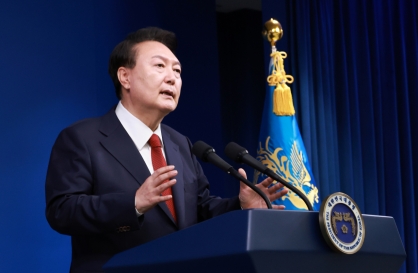
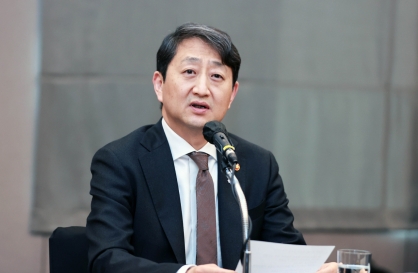
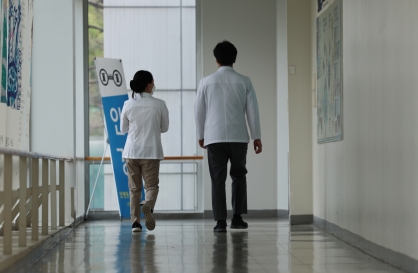
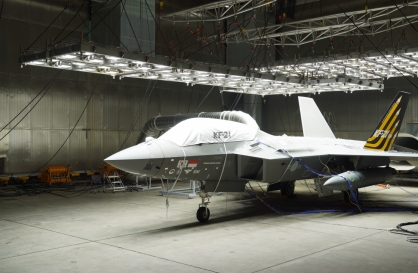



![[K-pop’s dilemma] Time, profit pressures work against originality](http://res.heraldm.com/phpwas/restmb_idxmake.php?idx=644&simg=/content/image/2024/05/08/20240508050705_0.jpg&u=20240508171126)




